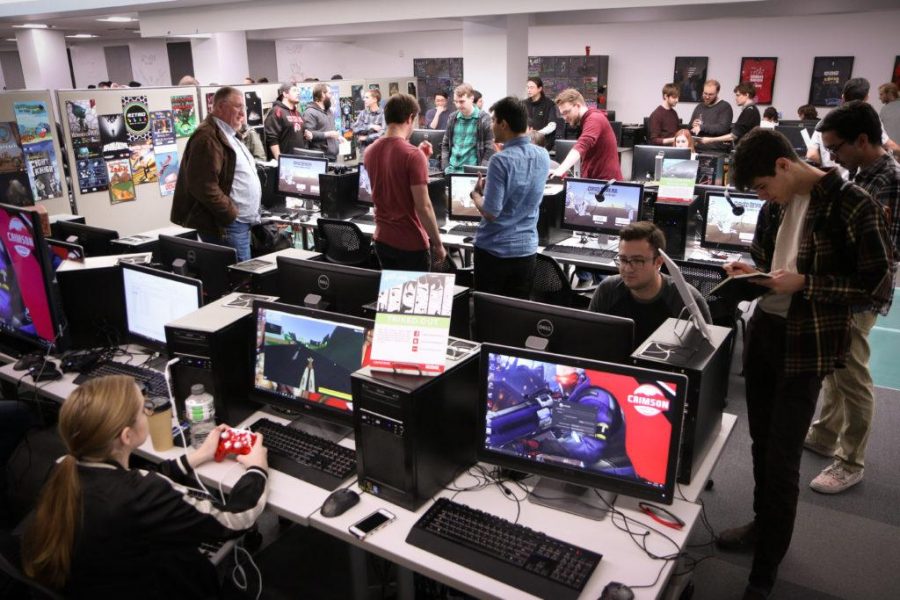Who has two thumbs and contributes to an almost $100 billion industry? Gamers. Sixty-three percent of U.S. households are home to at least one gamer, logging in at least three or more hours of screen time a week, according to the Entertainment Software Association. While the average gamer might be pictured as a mid-30s male with Dorito fingers, a surprising diversity is found within this ever growing culture. About the same number of women and men play video games, but men are twice as likely to identify themselves as “gamers”— those who contribute actively to a gaming lifestyle (Pew Research Center). With innovations like virtual reality and the ease of game creation, it’s no wonder that the world of gaming is on the rise.
As with any trend, there are areas where it is expanding faster, and areas that are, well, stuck in the past. In order to study this more closely, WalletHub’s data team compiled a list of the Best Cities for Gamers in America, factoring in its own devised indicators of “gamer-friendliness.” Among the factors are gaming environment, internet quality and coverage and gamer and developer opportunities. With 20 sub variables in mind, the number one city in America for the gaming lifestyle is Orlando, Florida. The city ranks number one and two in gaming environment and gamer and developer opportunities, respectively.
Other highlights (and lowlights) include: highest internet speed — Virginia Beach, Virginia, lowest internet cost — Durham, North Carolina, fewest videogame stores per capita — Memphis, Tennessee and fewest arcades per capita — Long Beach, California.
And the overall worst city for gamers is Detroit, Michigan, ranking 99 and 100 in gaming environment and internet quality and coverage, respectively.
Surprisingly enough, Utah doesn’t fall anywhere on this list.
That’s right folks, Utah cities fall nowhere near the best or the worst city for gamers, along with states like Montana and Wyoming. This is not only shocking, but a bit soul-crushing, considering the strides that the University of Utah’s EAE Program has made in the past few years. As of 2017, it is the number three undergraduate program in the nation for video game design. The Entertainment Arts and Engineering Program was launched in 2007; an interdisciplinary program in collaboration with both the College of Engineering and the College of Fine Arts.
Not only has the program received numerous accolades for academic superiority, but it has had its share of tournament trophies as well. In 2016, it received received awards from the Microsoft Imagine Cup and the Games4Health competitions, including first place in Clinical Games, first place in Innovation and first place in World Citizenship.
If that’s not enough to get Salt Lake City on the map, how about throwing in the fact that the University of Utah’s EAE Program has over 70 student projects published, eight of which are available on Steam, courses are taught by industry professionals and the program strives to use the latest technology to further improve their academic exploration.
Supposedly, Salt Lake City isn’t “where it’s at” when it comes to gamers. But with stats like this under the EAE’s belt, SLC will soon find its way to making that list.



